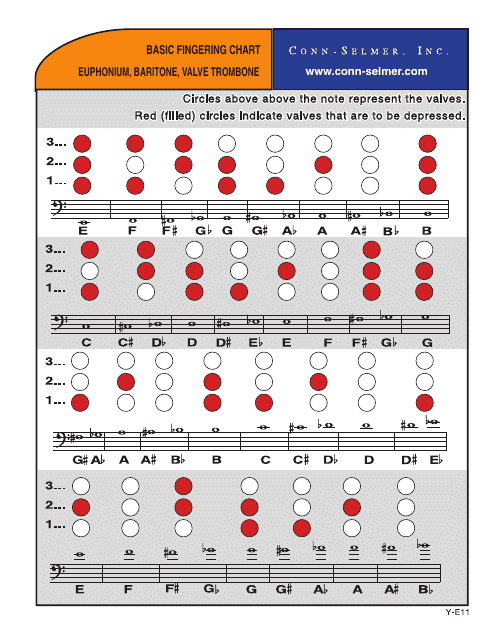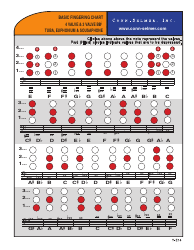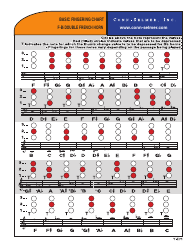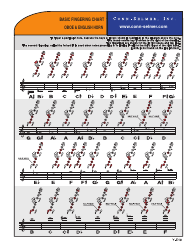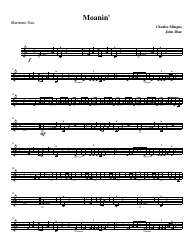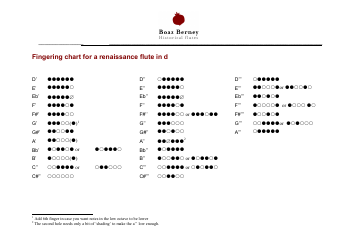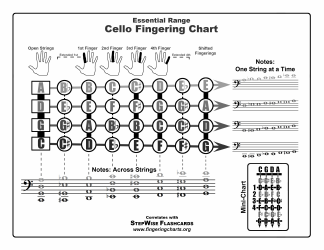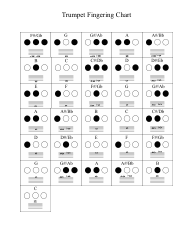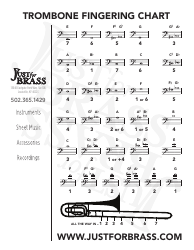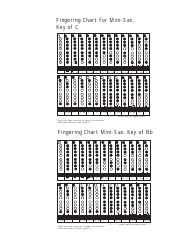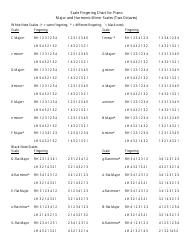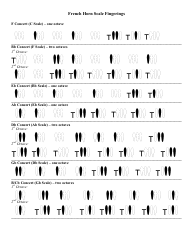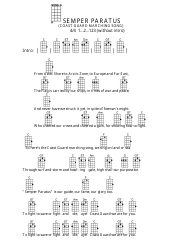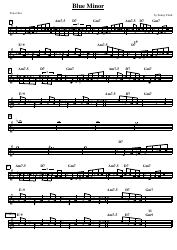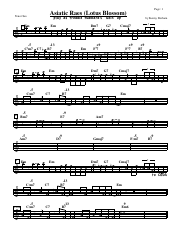Basic Fingering Chart for Euphonium, Baritone, Valve Trombone
The Basic Fingering Chart for Euphonium, Baritone, and Valve Trombone is a reference tool that shows the different fingerings needed to produce different notes on these instruments. It helps musicians learn and remember the correct finger positions for each note, making it easier to play music accurately.
FAQ
Q: What is a fingering chart?
A: A fingering chart is a visual guide that shows the different fingerings used to produce specific notes on a musical instrument.
Q: What is a euphonium?
A: A euphonium is a brass instrument that resembles a small tuba and is commonly used in concert bands and brass ensembles.
Q: What is a baritone?
A: A baritone is a brass instrument that is similar to a euphonium but with a slightly smaller size.
Q: What is a valve trombone?
A: A valve trombone is a type of trombone that has valves instead of a slide for changing the pitch.
Q: Why do I need a fingering chart?
A: A fingering chart is useful for beginners and intermediate players to learn and remember the correct fingerings for each note on their instrument.
Q: How do I read a fingering chart?
A: In a fingering chart, each note is represented by a diagram that shows which fingers and valves to press down or release on the instrument to produce the desired pitch.
Q: Is it the same fingering for euphonium, baritone, and valve trombone?
A: The basic fingerings for these instruments are generally the same, but there may be slight variations depending on the specific instrument and manufacturer. It's best to consult a fingering chart specifically for your instrument.
Q: Can I use a trumpet fingering chart for a euphonium, baritone, or valve trombone?
A: While some fingerings may be similar between trumpet and these instruments, it is not recommended to use a trumpet fingering chart as there are differences in pitch and range. It's best to use a fingering chart specifically designed for the instrument you are playing.
